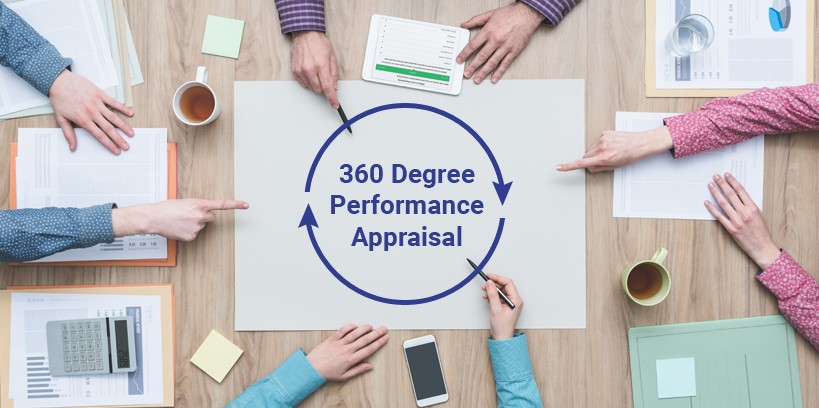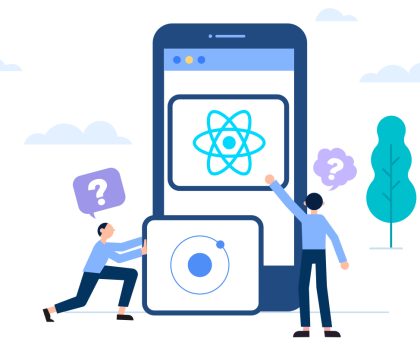Performance appraisals are a cornerstone of effective talent management, helping organizations evaluate and enhance employee performance. Among the various appraisal methods, 360-degree performance appraisal stands out for its comprehensive approach, gathering feedback from multiple sources. However, to maximize its effectiveness, especially in diverse job roles, customization is key. In this article, we’ll explore how to tailor 360-degree performance appraisals to suit different job roles, ensuring accurate and fair evaluations.
Understanding Performance Appraisals
Definition and Purpose
Through Performance Appraisal, employees’ contributions to the company and job performance are methodically assessed. They aim to provide feedback, identify areas for improvement, recognize achievements, and support career development. Traditionally, supervisors have conducted these appraisals alone, focusing on set objectives and past performance.
Traditional vs. Modern Appraisal Methods
Traditional appraisals often involve a top-down review where a manager evaluates an employee’s performance. Modern appraisal methods, like 360-degree feedback, involve multiple sources of feedback, including peers, subordinates, and sometimes customers, providing a more holistic view of an employee’s performance.
Understanding 360-Degree Performance Appraisal
Definition and Components
A 360-Degree Performance Appraisal is a feedback process where employees receive confidential, anonymous feedback from the people who work around them. This typically includes peers, managers, subordinates, and sometimes, customers. The core components of this appraisal include self-assessment, peer reviews, managerial evaluations, and external feedback.
Benefits of 360-Degree Feedback
The benefits of a 360-degree performance appraisal are numerous. It provides a holistic view of an employee’s performance, promotes self-awareness, and encourages personal and professional development. By involving multiple perspectives, it reduces biases and gives a more rounded picture of an employee’s strengths and areas for improvement.
Challenges and Considerations
Despite its advantages, implementing a 360-Degree Feedback system comes with challenges. These include potential biases in feedback, the time-consuming nature of the process, and the need for careful management to ensure constructive outcomes. Addressing these challenges requires thoughtful planning and customization.
Why Customize 360-Degree Performance Appraisals?
One Size Does Not Fit All
Every job role is unique, with distinct responsibilities and skill sets. A one-size-fits-all approach to performance appraisal can lead to irrelevant or unfair evaluations. Customization ensures that the appraisal criteria are aligned with the specific demands of each role.
Specific Needs of Different Job Roles
Different job roles require different competencies. For instance, a leader’s effectiveness might be gauged by their strategic vision and ability to inspire, whereas a technical role might be assessed based on problem-solving skills and technical expertise. Customizing appraisals ensures that these specific needs are met.
Enhancing Accuracy and Fairness
Tailoring the appraisal process helps in capturing the true performance of employees. It enhances the accuracy of the feedback and ensures fairness by considering the unique aspects of each role. This leads to more meaningful evaluations and better employee development.
Steps to Customize 360-Degree Performance Appraisal
Identify Core Competencies
Begin by identifying the core competencies required for each job role. These are the fundamental skills and behaviors that are essential for success in the role. For example, core competencies for a project manager might include leadership, communication, and problem-solving.
Define Job-Specific Skills and Attributes
Next, define the specific skills and attributes needed for the job. This step involves detailing the technical and soft skills unique to the role. For a software developer, this might include coding proficiency, attention to detail, and teamwork.
Select Relevant Feedback Providers
Choose the right people to provide feedback. This typically includes direct reports, peers, managers, and sometimes, customers or clients. The goal is to gather diverse perspectives that reflect the employee’s interactions and performance accurately.
Design Tailored Questionnaires
Create questionnaires tailored to the job role. These should include questions that cover both core competencies and job-specific skills. The questions should be clear, relevant, and designed to elicit detailed feedback.
Implement and Monitor the Process
Finally, implement the appraisal process and monitor it closely. Ensure that feedback is collected systematically and that participants understand the importance of providing honest and constructive feedback. Regularly review and adjust the process as needed to maintain its effectiveness.
Customizing for Leadership Roles
Key Competencies for Leaders
Leaders are often evaluated on their ability to inspire, strategize, and drive results. Key competencies might include strategic thinking, decision-making, team building, and communication.
Feedback Sources for Leadership
For leadership roles, feedback should come from subordinates, peers, senior leaders, and sometimes, external partners. This provides a comprehensive view of their leadership style and impact.
Customizing for Technical Roles
Technical Skills Assessment
Technical roles require a focus on specific technical skills and problem-solving abilities. Competencies might include coding, system design, and technical troubleshooting.
Peer and Manager Feedback
Feedback for technical roles should come from peers who understand the technical challenges and from managers who can assess overall performance and growth.
Customizing for Customer-Facing Roles
Customer Interaction Metrics
Customer-facing roles are evaluated based on their interactions with customers, communication skills, and problem-solving abilities. Key metrics might include customer satisfaction and resolution time.
Customer and Peer Feedback
Feedback should come from customers, peers, and supervisors. Customer feedback is particularly crucial as it directly reflects the employee’s performance.
Technology in 360-Degree Appraisals
Tools and Platforms
Various tools and platforms facilitate the 360-degree appraisal process. These tools help in collecting, analyzing, and reporting feedback efficiently.
Data Analysis and Reporting
Advanced data analysis helps in interpreting the feedback accurately. It provides insights into performance trends and areas for improvement.
Ensuring Confidentiality and Anonymity
Ensuring confidentiality and anonymity is crucial for honest feedback. Use platforms that guarantee these aspects to encourage genuine responses.
Future Trends in Performance Appraisal
AI and Machine Learning
AI and machine learning are transforming performance appraisals by providing deeper insights and predictive analytics.
Real-Time Feedback Systems
Real-time feedback systems offer immediate insights, allowing for quicker adjustments and continuous improvement.
Integration with Other HR Processes
Integrating 360-degree feedback with other HR processes, like talent management and succession planning, creates a more cohesive approach to employee development.
Conclusion
Customizing 360-degree performance appraisals for different job roles enhances their effectiveness, ensuring fair and accurate evaluations. By tailoring the process to the specific needs of each role, organizations can foster better employee development and achieve greater overall performance.





